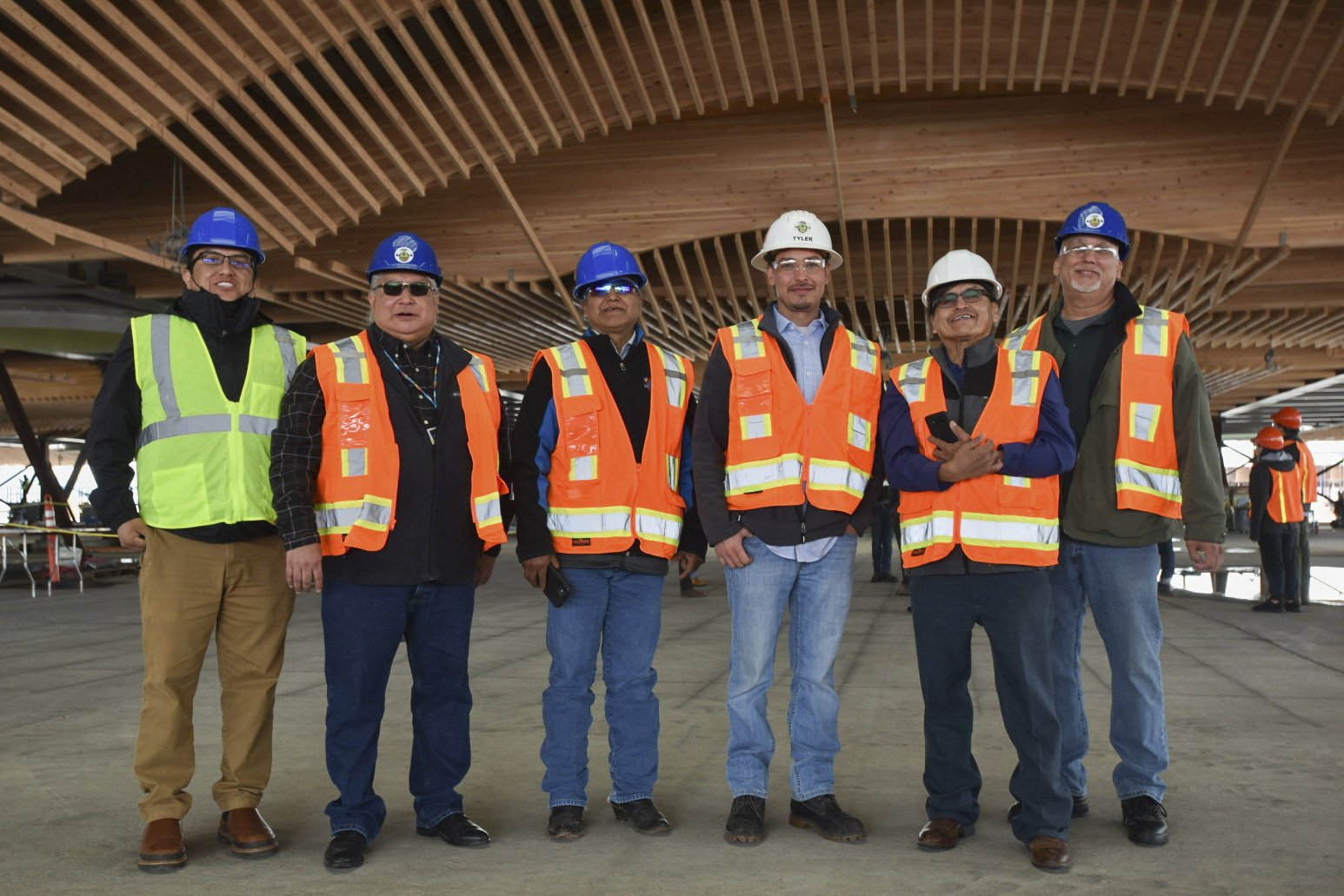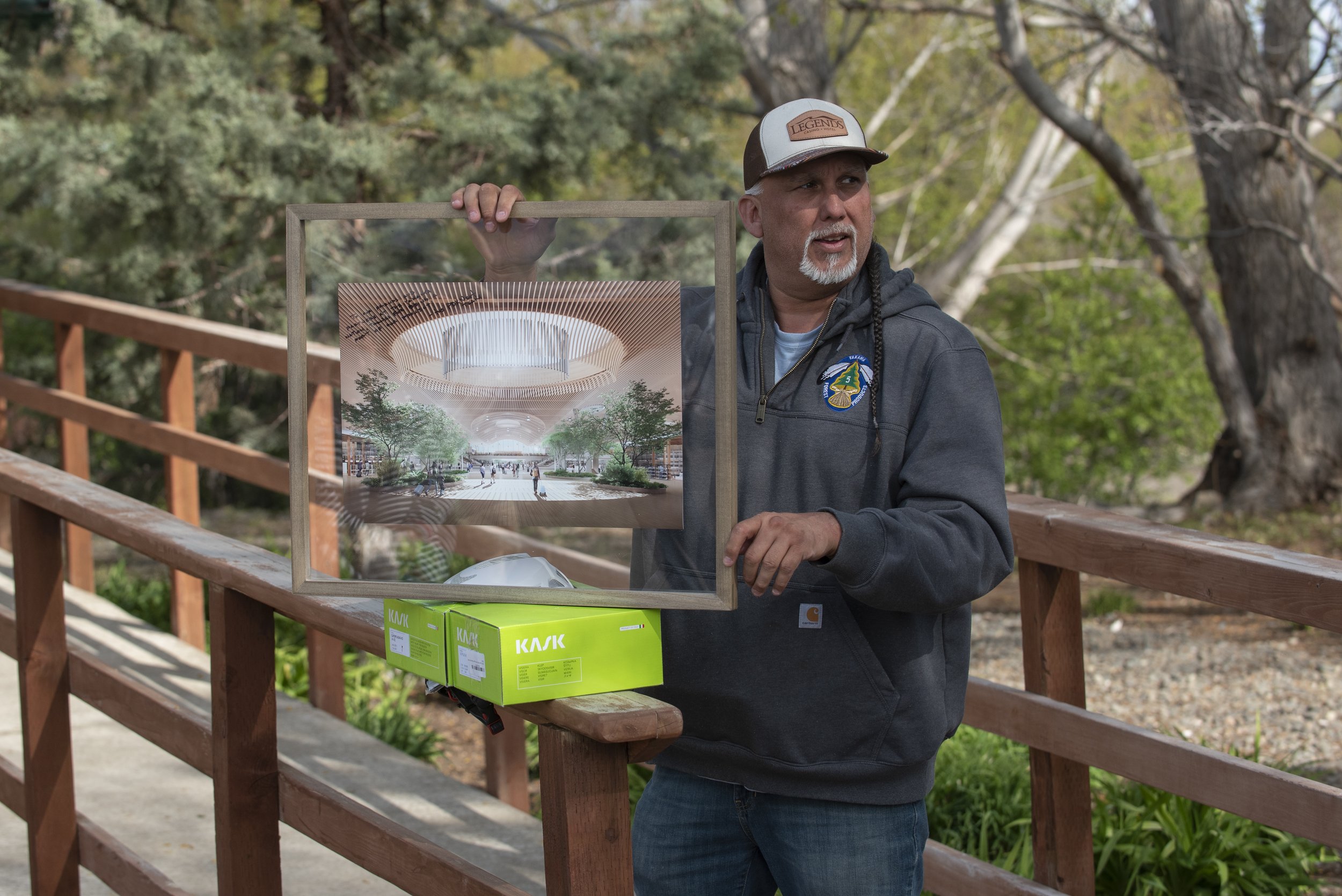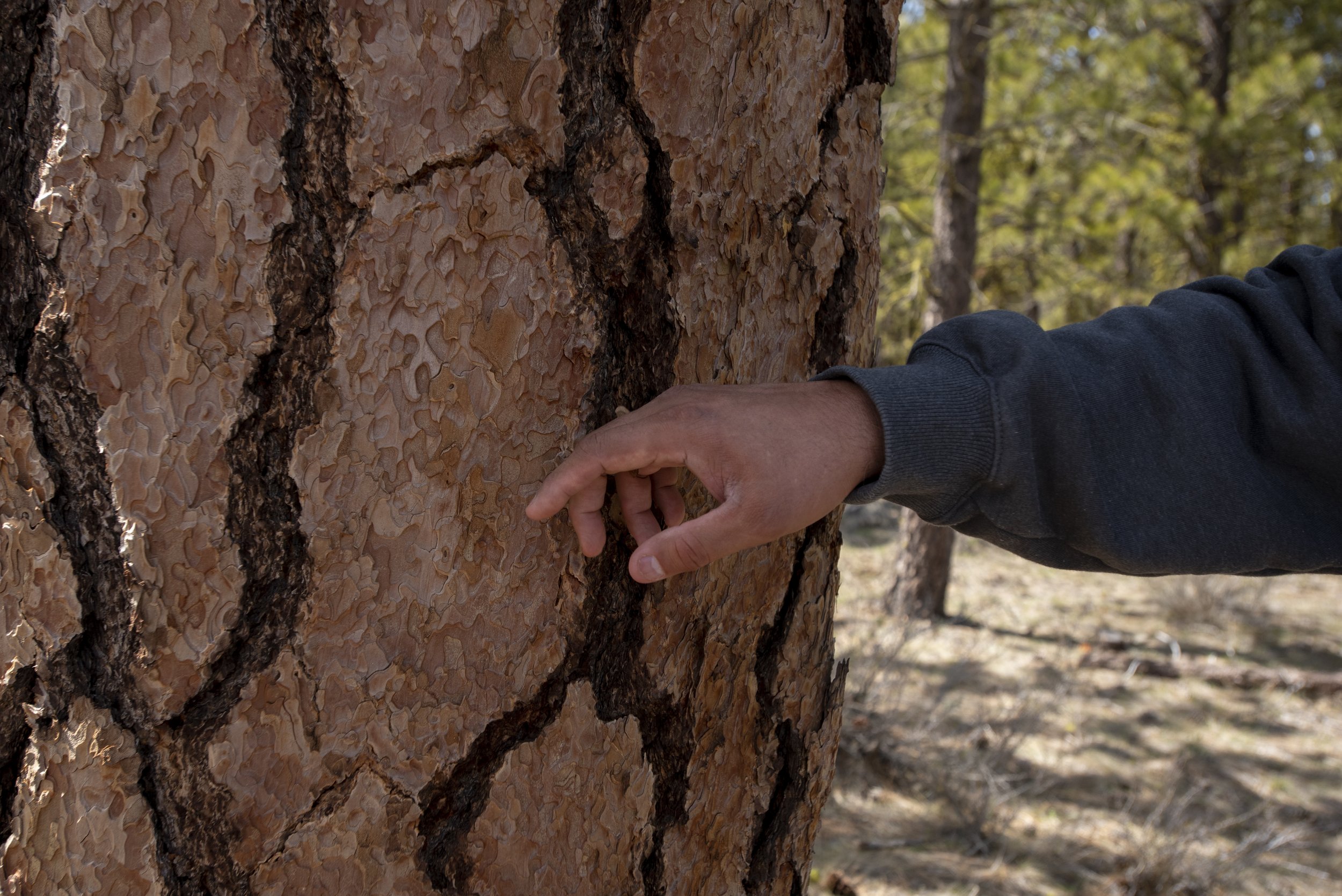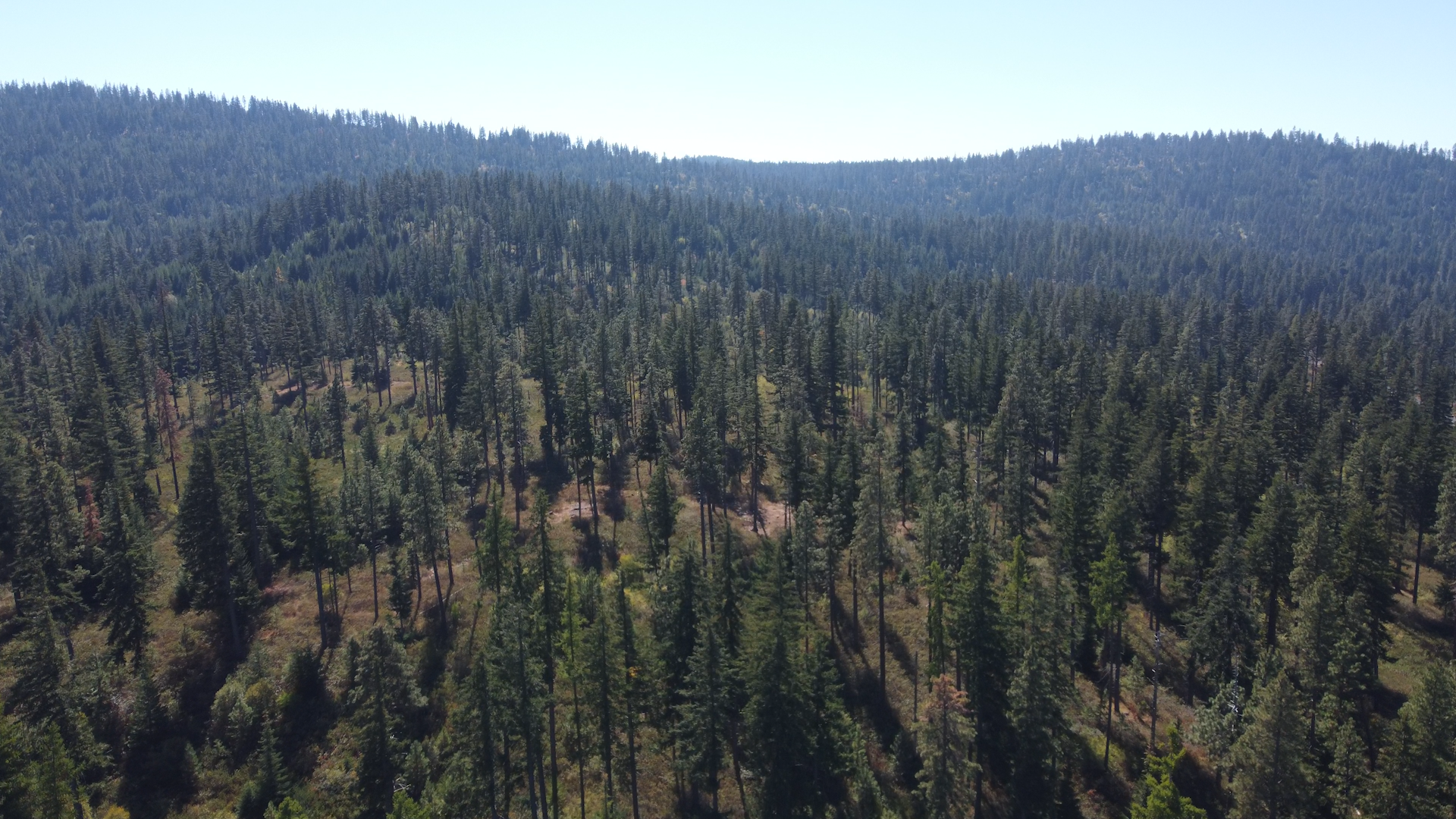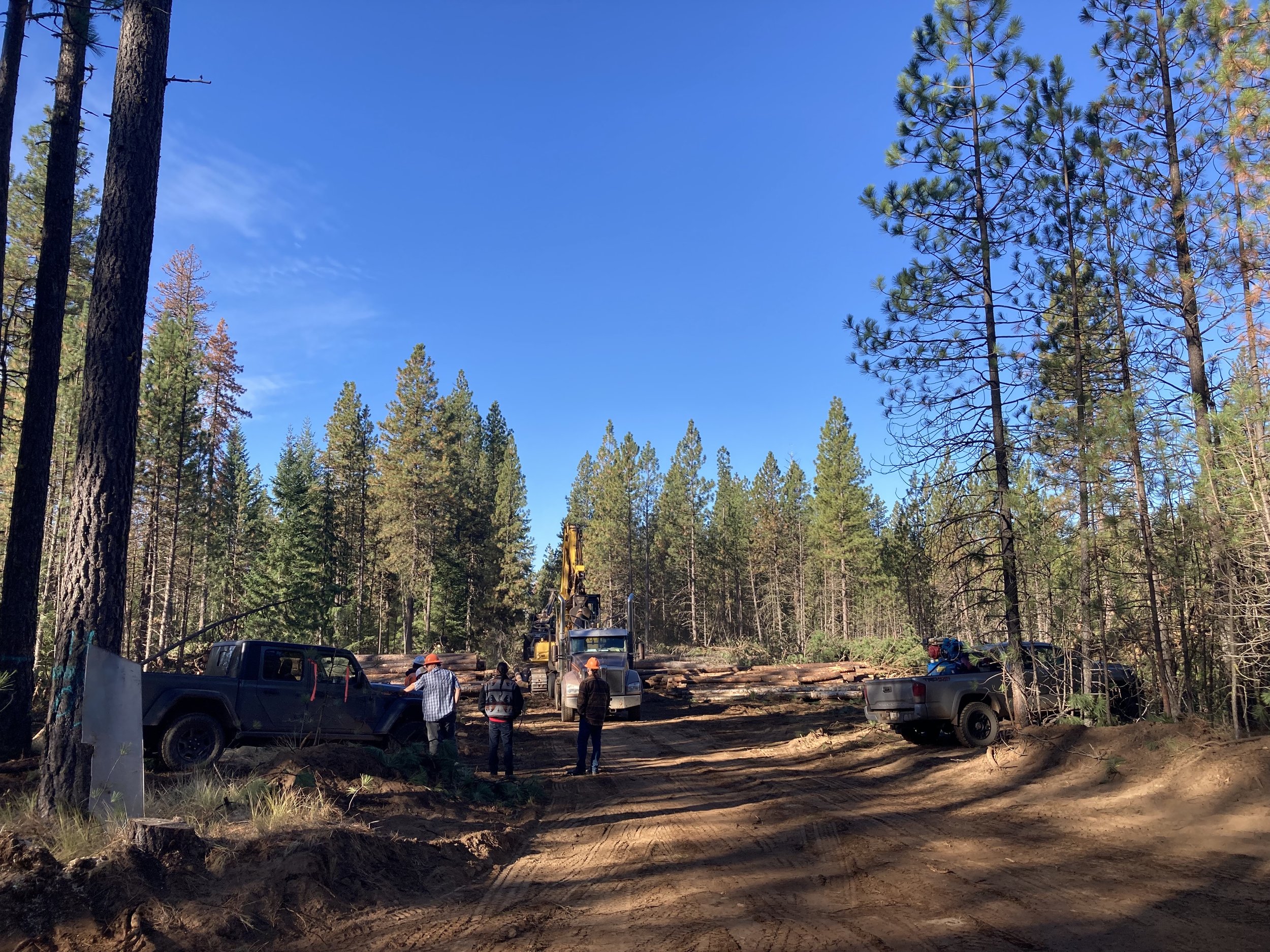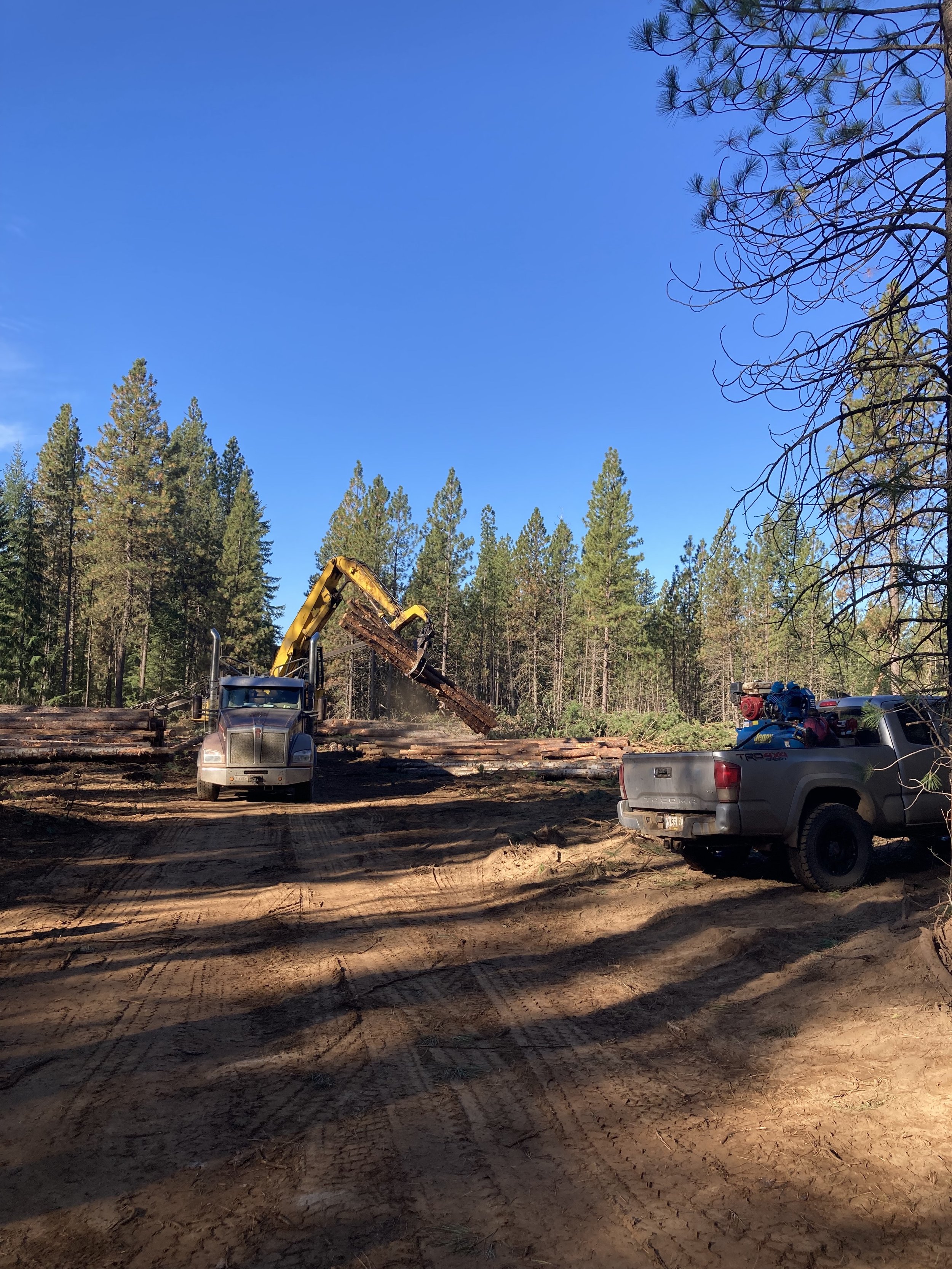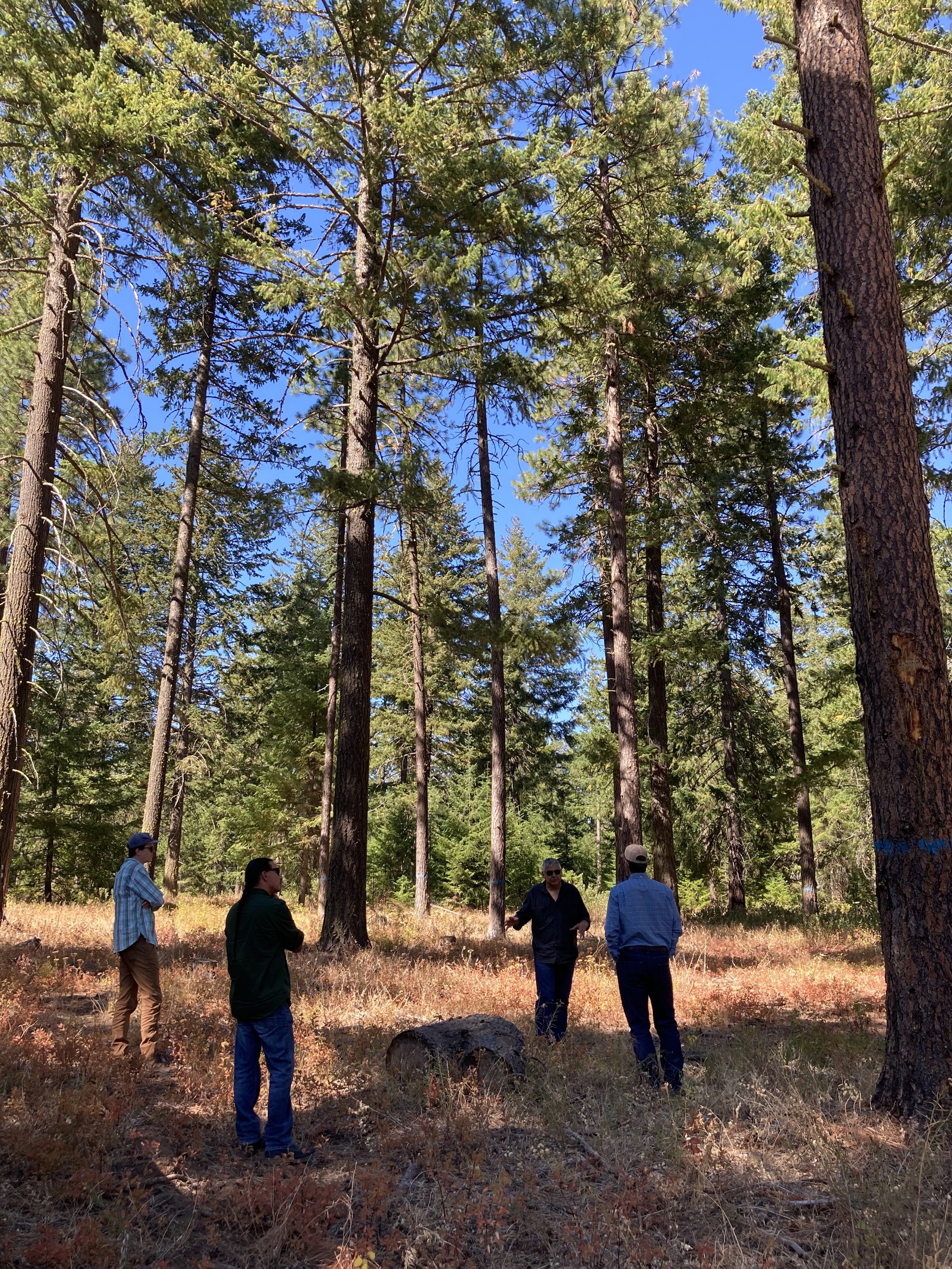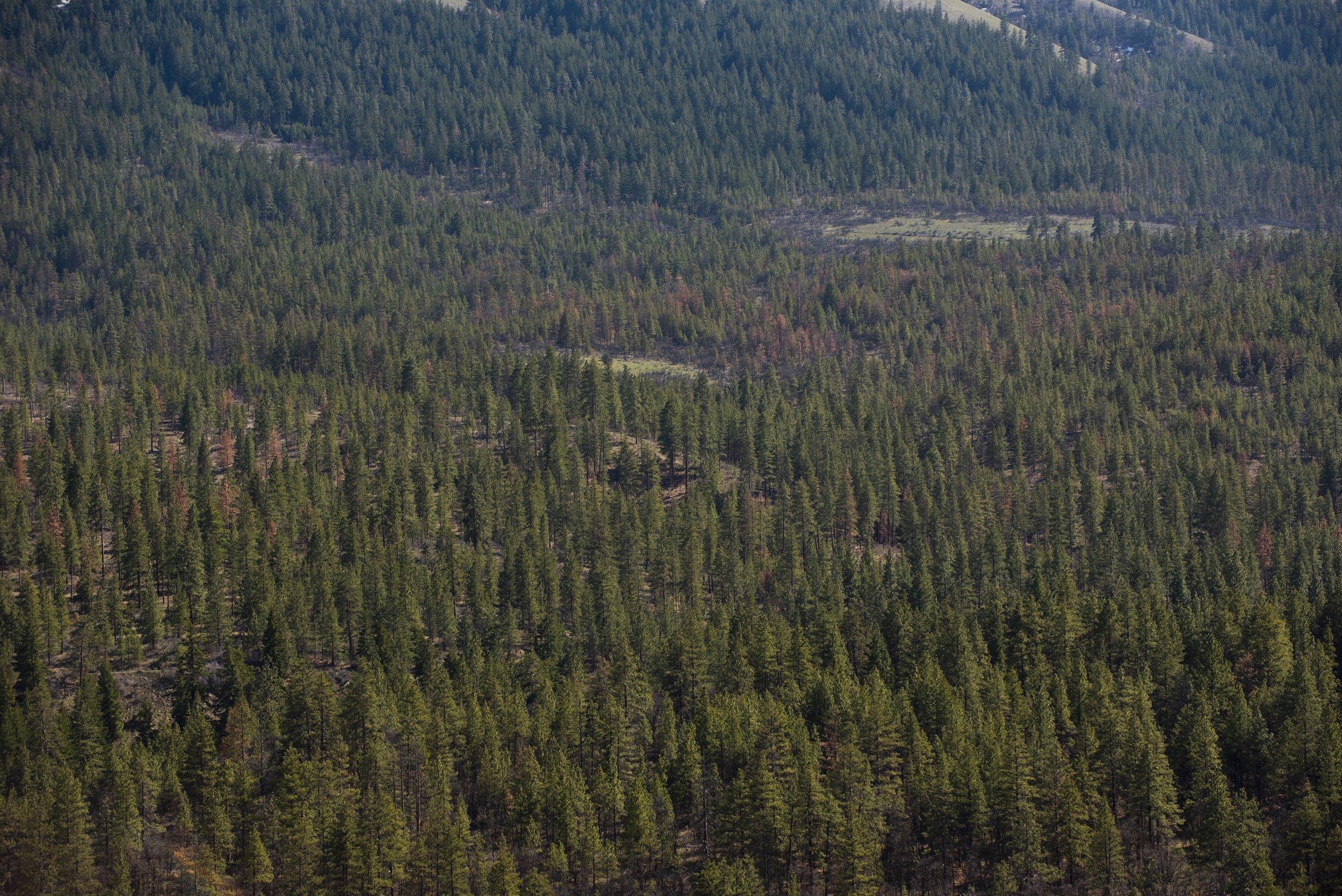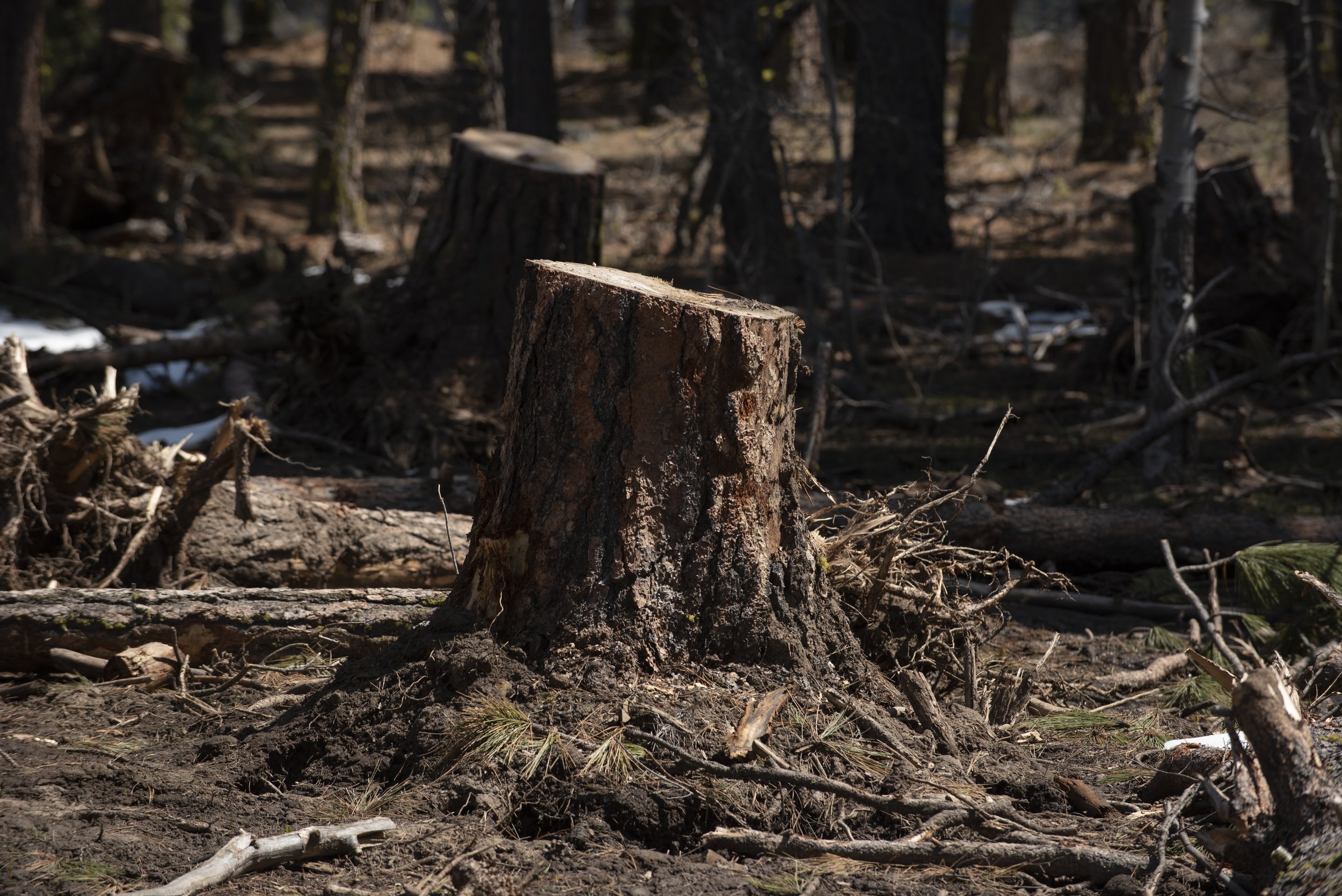Yakama Forest Products
The wood sourced for Yakama Forest Products lamstock came directly from Yakama Nation forests, which are stewarded to be resilient to wildfire, provide critical habitat, and serve the Yakama Nation’s people for hunting, foraging, and other recreation.
Yakama Nation and its people have lived on and actively stewarded the landscapes of Central Washington since time immemorial. The current Yakama Reservation is 1.3 million acres. The sale of timber from Yakama forest lands began in 1944.
Yakama leadership demonstrates how forests can be sustainably stewarded to improve forest health by balancing economic, community, and conservation values. This leadership is particularly critical as we face climate change. Yakama’s stewardship includes “thinning from below” to leave the largest healthiest trees, large 60’ to 300’ buffers around waterways, “no-harvest” protected areas, protection for occupied and previously occupied endangered species core areas, stream and meadow restoration, beaver reintroduction work, and protection of all alder or cedar trees because of their non-timber values. Stewardship protects forest health, water quality, wildlife habitat, and air quality against the effects of climate change by reducing the occurrence and severity of fire and pests outbreaks.
Yakama Forest Products provides 160 direct jobs and significant forest-based work in support of the local community. Intentional workforce development supports a skilled employee base made up of over 70% Tribal members. The significant majority of timber used by the mill is sourced directly from Yakama Nation. The mill was uniquely set up to capture the value-added benefits of timber produced on Yakama Nation’s forestlands and to maximize employment opportunities, over mechanization, where possible.
Yakama Forest Products primarily produces dimensional fir products, with a focus on lamstock used in glulam beams and high-grade ponderosa pine lumber used in window and door manufacturing. YFP has both small and large diameter mills, which combine to produce over 80 million board feet of sustainable lumber each year.
Storymap Video
Yakama Forest Products Photos

